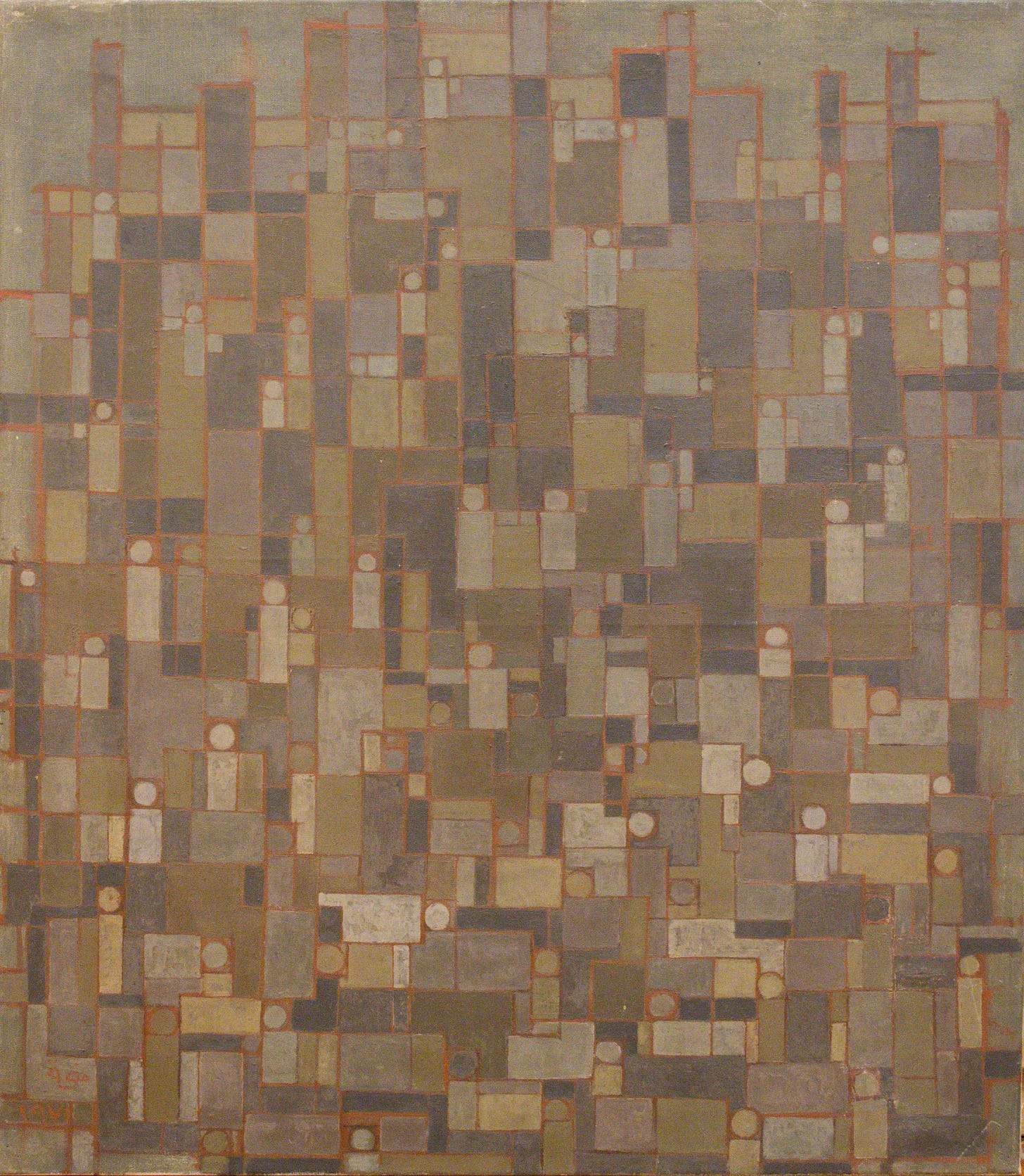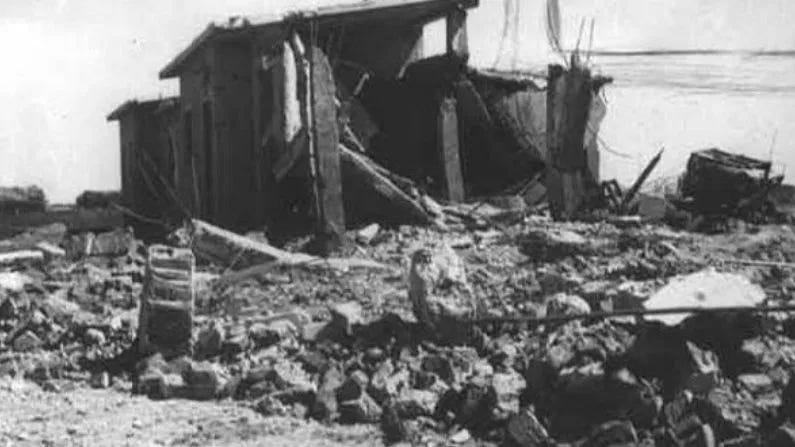The Children of Bahr al-Baqar
In 1971, Menhat Helmy painted a powerful piece depicting the 46 children killed in an Israeli air raid on a school that the IDF falsely claimed was a Palestinian militant base.
It was 9:20am on a Wednesday morning in April 1970 when the Israeli Air Force bombed a primary school in the Egyptian village of Bahr al-Baqar, killing 46 children and injuring dozens more.
The entire school population at the time was 130 students split between three classrooms. The massacre wiped out approximately one third of those students.
The catastrophe was of an unprecedented scale for the inhabitants of the quaint village located to the south of Port Said. With the passage of time, it would gain a somber notoriety, forever etched in their memory as "Al Yom Al Eswed" or "The Black Day."
The incident occurred during the War of Attrition, which involved fighting between Israel and Egypt, Jordan, the Palestine Liberation Organization (PLO) and their allies from 1967 to 1970.
After news reports exposed the massacre, Israel asserted that the school was situated within an Egyptian military base. Moshe Dayan, who held the position of Defense Minister of Israel at the time, contended that the school had served as a facade for military training and weapon storage.
However, no evidence was ever presented to support this claim and Israel never apologized for the attack.
“Israel said the school trained soldiers, but no, there were no soldiers. We were a school and there were no soldiers near [the village],” Hussein Farrag, a survivor of the bombings, refutes in an interview.
Egypt’s United Nations (UN) ambassador Mohamed El-Zayyat condemned the attacks in a letter addressed to the Secretary-General, stating that “these children were cold-bloodedly murdered by Israelis, flying United States-supplied Phantom jet planes based and operating from a part of Egypt, which is occupied, in defiance of the Charter of the United Nations and its resolutions.”
Over the next few years, the tragedy would be depicted in various media, including a song by the legendary diva Shadia called “The Class is Over”. However, among the first artists to encapsulate the tragedy was my grandmother, Menhat Helmy.
Fuelled by the turbulent political climate and further drawn to her brush and canvas, Helmy painted a piece in 1971 titled The Children of Bahr Al Baqar, which portrayed the 46 children killed in the primary school bombing.

The painting is a classic Menhat Helmy composition: a sea of faceless people, their bodies formed out of rectangles, their heads out of circles, conjoined together in perfect symmetry like an intricate puzzle.
There are exactly 46 bodies, one for every child that died that day, strewn across the canvas. It is grim, powerful, and steeped in emotion. You can almost feel Helmy’s pain resonate through the paint, as she tried to make sense of the senseless violence and the bombing of her homeland.
In 1972, Helmy relocated back to London after her husband, Abdelghaffar Khallaf, became the medical attaché for the Egyptian embassy in the United Kingdom. The couple travelled with their two daughters, Nihal and Sara, and settled in Richmond. Helmy enrolled part-time at Morley College, an adult education college where she continued to study printmaking, mainly intaglio.
Helmy and her family remained in London until 1978, the same year that Egyptian President Anwar Sadat and Israeli Prime Minister Menachem Begin signed the Camp David Accords leaving to an eventual peace treaty between Israel and Egypt.
Nevertheless, my grandmother’s Bahr al-Baqar painting—a rare work in her oeuvre depicting warfare—remains relevant more than 50 years later.
The Art of Menhat Helmy is a subscriber-supported newsletter. Paid subscriptions will help our family continue to sustain Menhat Helmy’s legacy. If you can afford it, please consider subscribing here.




The excuses haven't changed in 70 years
Very inspired by Menhat and her work and your effort to preserve and keep it allive. What’s the best way to connect /reach you?